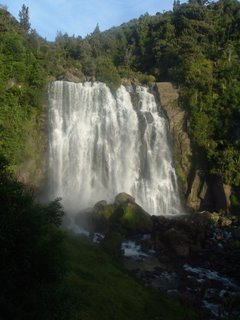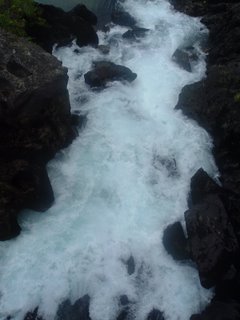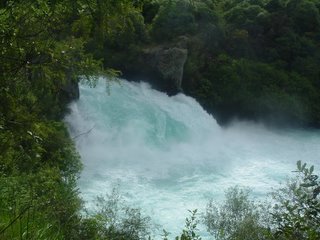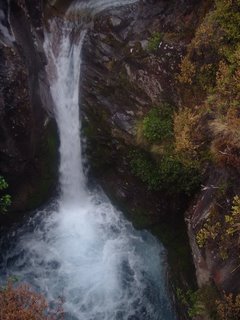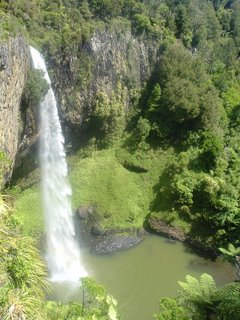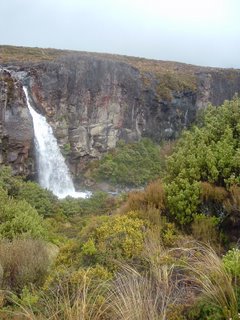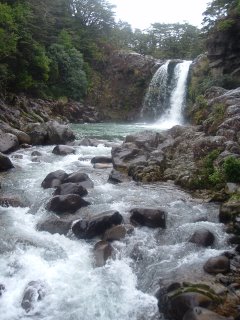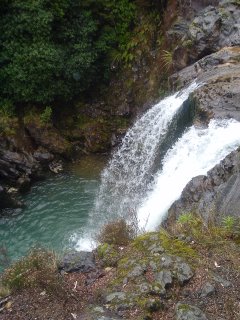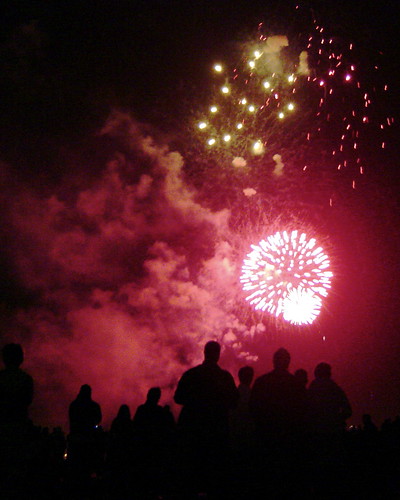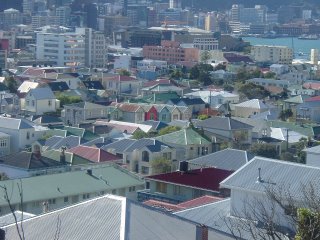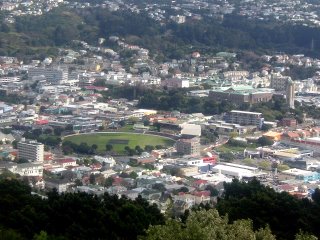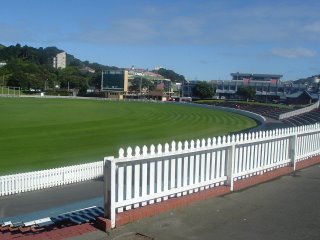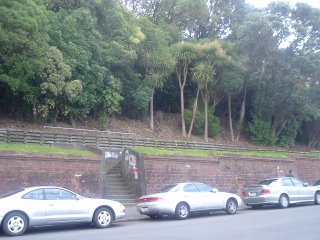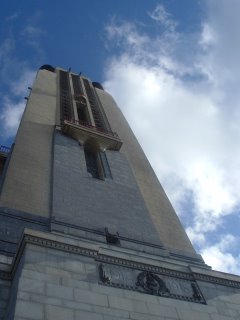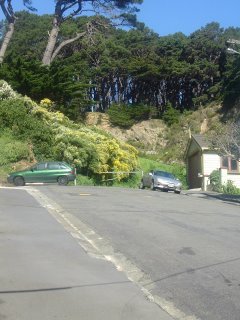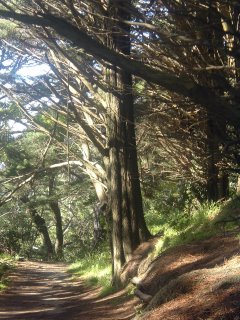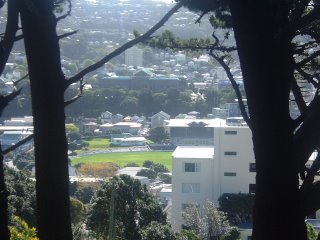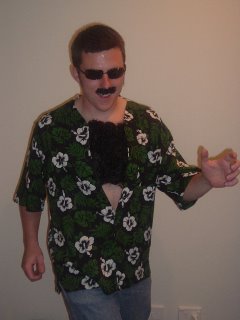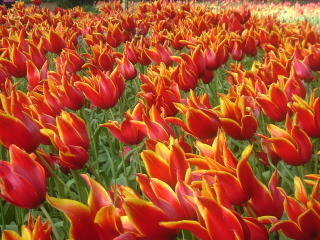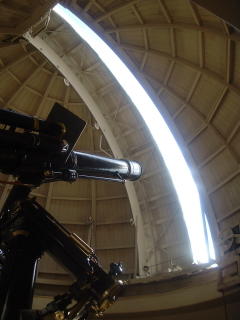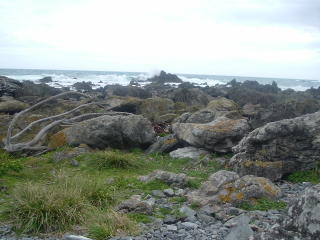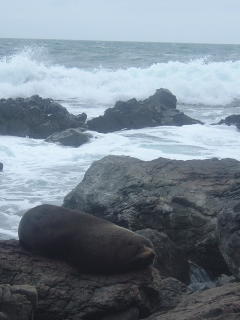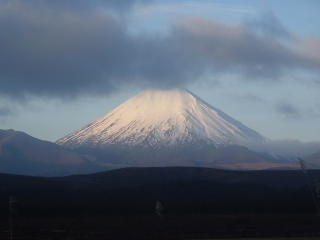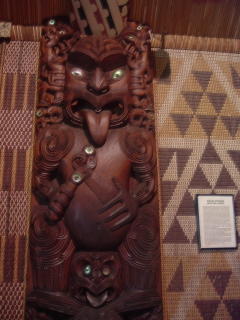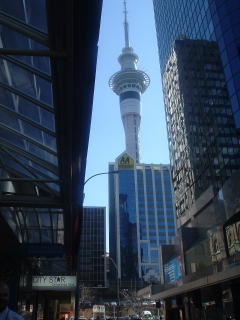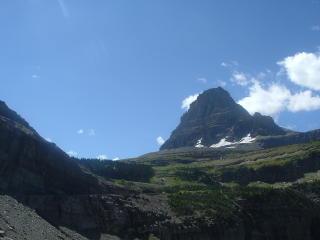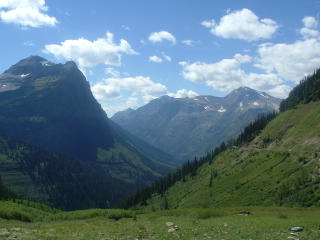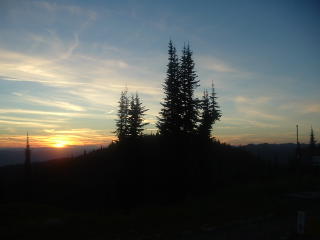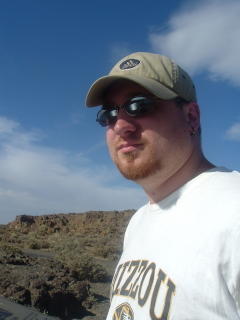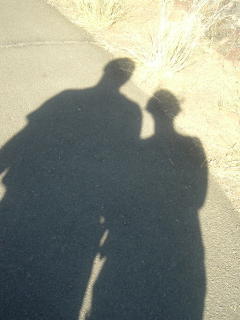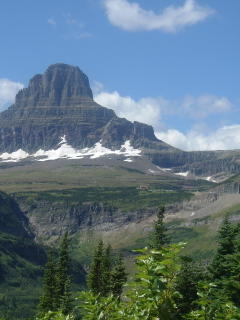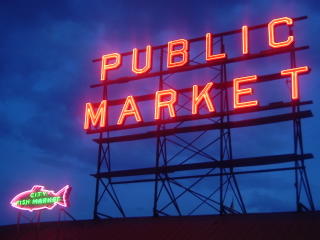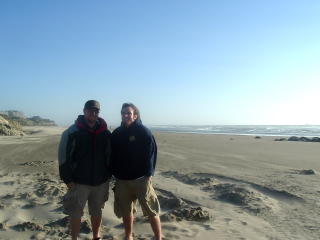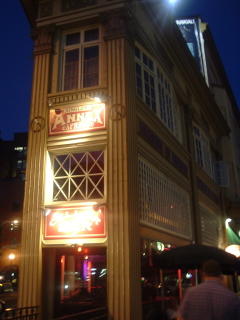Cricket has always been satisfying in its obtuseness.
I never had to worry about actually understanding the game before. I
just knew it existed, and was an easy object of ridicule. A game
where all the players wear white, games go on for days and the
players take tea breaks.
Tea breaks.
My only real knowledge of cricket came from the wonderfully
jargon-filled game reports. The only knowledge cricket writing gives
to cricket novices is this: while the writers are supposedly using
English, they were speaking an entirely different language.
Now, I've lost all that. Although, perhaps thankfully, I've only been
exposed to the one-day version of the sport.
I was exposed Wednesday, at Wellington's Westpac stadium for a match
between Australia, who I was told was perhaps the world's best team,
and New Zealand, who was not.
I couldn't have picked a better game to see. And lest you think I'm
simply using a figure of speech, know this: The general consensus in
the New Zealand media held Wednesday was the best one-day Cricket
match ever played in New Zealand.
(At least, until Saturday's match. More on that later.)
Not only did the game come down to the final play, not only did New
Zealand score one of its highest totals ever only to fall two runs
short, not only did I learn what over, wicket and run rate meant (and
can now decipher those stories and scores such as 234/6 chasing 280).
I also ended up with a ball hit into the stands. Held it.
They didn't let me keep it.
Here's how little I knew of Cricket before Wednesday. A friend, a
native New Zealander, texted me Tuesday night to ask if I wanted to
go to the game. Of course, I replied, but I don't think I can make it
- I had to work until 5. He replied: let me know if you're keen after
work tomorrow.
The game started at 2 p.m. How much could I see after 5?
Enough to experience the heat of the sun, then cricket under lights,
and drink a fair amount of beer. The game ended just after 10:30 p.m.
And in what even Cricket fans admitted was an unusual twist, it was
exciting at the end.
The Black Caps just weren't scoring runs fast enough to catch up as
the game swung into the final stage. Then, all of a sudden, they were.
New Zealand made one of the best rallies in the history of one-day
cricket to pull closer, and closer, and finally were within six runs
with six pitches to go. (In one-day cricket, a team bats until it
loses 10 wickets [outs] or faces 300 bowls [pitches].)
One run per pitch is doable, especially when New Zealand had been
scoring about two per pitch during the rally. But Australia made an
amazing throw to take one wicket, leaving the Black Caps with just
one more wicket.
And on the second-to-last pitch, down two runs, Australia picked up
the final wicket, on a play that required instant replay to decide.
About 17,000 fans waited for five minutes to learn whether New
Zealand would be one run down on the final bowl or finished. Then the
board flashed: OUT.
It shouldn't have even been close.
I met up with the Kiwis at a pub a little after 5, where they were
watching the game on a TV while drinking a few pints. The decision
was made to have at least one more, because the tea break was coming
up - Australia had just finished their 50 overs (the limit in one-day
Cricket; an over is six pitches) going for 322 runs. That,
apparently, is a good deal. Especially after the Aussies destroyed
New Zealand the previous weekend in Auckland.
Eventually, we made our way to the stadium where the fans, several of
whom had been drinking in the sun since 2 p.m., were ready to drink
more in resignation. The Black Caps (New Zealand's national team) had
barely scored 100 over the weekend. Three twenty-two seemed well out
of reach.
New Zealand started well enough to lift a few spirits, and I started
to learn the basics of the game.
After an hour or so, the Black Caps faltered, as expected, and the
game seemed out of reach.
There were a few moments of life, including one ball hit into the
crowd which seemed to be headed right for me. It was, although it was
just short, and bounced into the row in front of me. But I ended up
reaching over and picking up the ball (the stadium was only
half-full).
I've been to probably 40 Major League Baseball games, several more
minor league and even college games where I sat in the stands. Never
once did I come close to ending up with a ball. What a cool souvenir,
I thought. I cricket ball.
Then my New Zealander friend started to tell me to throw it back. I
told him he was crazy. He told me to throw it back. I stared at him,
thinking he was joking. He grabbed it from my hand and threw it to
the expectant Australian fielder.
In cricket, they use the same ball the whole game. Apparently, had I
kept it, I might well have been thrown out of the stands.
This is just one of the many reasons baseball remains better than cricket.
To add to the insult of the situation, I learned had I caught the
ball on the fly, I would have won $500. Had I been told that earlier,
I would have made a lot more effort to get to the ball.On Saturday, the two teams played the third game of a three-game
series. Australia had already won the series with two wins, but New
Zealand was the team smiling at the end.
Saturday in Christchurch the Black Caps came from even further down,
330-something, and made an even bigger rally at the end. This time,
they ended up winning, with an over to spare.A few rules:
In one-day cricket, a team bats until one of two things happens: the
opposition takes 10 wickets (think outs) or finished 50 overs. One
over is six bowls (pitches). So they face 300 pitches or lose 10
wickets.
I don't have the talent to explain the rest of the game. But when the
ball is hit, batters can choose not to run if they would likely have
a wicket taken (get out). If it's hit away from a fielder and remains
in the park, it usually means one or two runs. If it leaves the
ground on the bounce, it's an automatic six. If it leaves the ground
on the fly, it's an automatic six.
You don't get to keep balls hit into the stands.
 The archived ramblings of my time as a world traveler up to my current life in Washington, D.C.
The archived ramblings of my time as a world traveler up to my current life in Washington, D.C.
